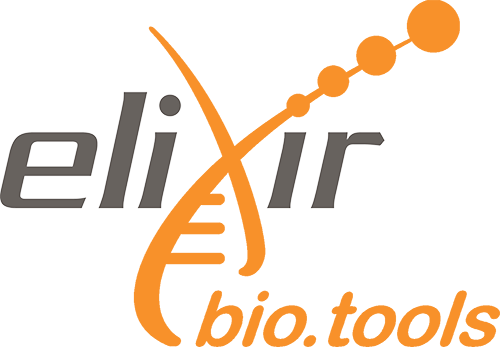e-learning
Advanced R in Galaxy
Abstract
With HTS-Seq data analysis, we generated tables containing list of DE genes, their expression, some statistics, etc. We can manipulate these tables using Galaxy, as we saw in some tutorials, e.g. "Reference-based RNA-Seq data analysis", and create some visualisations.
About This Material
This is a Hands-on Tutorial from the GTN which is usable either for individual self-study, or as a teaching material in a classroom.
Questions this will address
- How can I manipulate data using R in Galaxy?
- How do I get started with tabular data from Galaxy in R?
Learning Objectives
- Be able to load and explore the shape and contents of a tabular dataset using base R functions.
- Understand factors and how they can be used to store and work with categorical data.
- Apply common
dplyrfunctions to manipulate data in R. - Employ the ‘pipe’ operator to link together a sequence of functions.
Licence: Creative Commons Attribution 4.0 International
Keywords: Foundations of Data Science, R
Target audience: Students
Resource type: e-learning
Version: 11
Status: Active
Prerequisites:
- R basics in Galaxy
- RStudio in Galaxy
Learning objectives:
- Be able to load and explore the shape and contents of a tabular dataset using base R functions.
- Understand factors and how they can be used to store and work with categorical data.
- Apply common
dplyrfunctions to manipulate data in R. - Employ the ‘pipe’ operator to link together a sequence of functions.
Date modified: 2024-10-15
Date published: 2019-12-09
Contributors: Anthony Bretaudeau, Cristóbal Gallardo, Helena Rasche, Marius van den Beek, Peter van Heusden, Saskia Hiltemann
Scientific topics: Software engineering
Activity log


